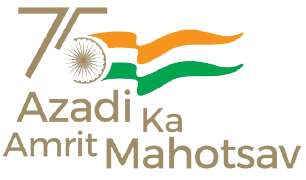Border Area Programme - Folk Dance & Craft Mela was successfully organised by NEZCC, Dimapur in collaboration with Art & Culture Department, Mizoram during February 12 & 13, 2016 at Vairengte, though scheduled to be held at Mamit, the location was shifted to Vairengte for with hope for better prospects. Framed to be held on International borderlines, Border Area Programme aspires to integrate the different tribes and races and work towards a common goal through exposure of different cultures and skills such as cane-works etc.
The Inaugural of Border Area Programme was held at Vairengte YMA Playground on 12th February, 2016 (Fri) at 1:00 p.m. Dr. Arun T, IAS, SDO ‘C’ Kawnpui, Kolasib District the Chief Guest graced the function and spoke of the need to acknowledge one another and cooperate as citizens of the country to create strong and peaceful nation to live in.
The people of Vairengte expressed their gratitude for being given the opportunity to host such Programme that encompassed the North East states of India. Cultural Troupes from outside Mizoram were put up in Tourist Lodge and various Rest Houses of Minor Irrigation Department, and Education Department as well as in the IB of the Forest Department.
Following the speech of the Chief Guest in the Inaugural Function on 12th February, 2016 (Fri) was the Exhibition of various crafts in different stalls of the Craft Mela, which the Chief Guest graced by his presence once again Traditional dances were performed by the five (5) Troupes of Mizoram besides those of the Assam, Arunachal Pradesh, Manipur, Nagaland and Tripura Troupes. The Mela was then opened to the public, it was visited with enthusiasm by school children, staffs of various government offices and general public.
Day 2 was also a huge success with the excited general public visiting the Craft Mela. The day began with the Opening Programme at 11:00 a.m. whrerin the Programme Coordinator welcomed one and all, followed by performances presented by all the different Troupes did truly help make the Programme a success in bringing together the people of different cultures and lifestyles.
Our appreciation goes to the NEZCC for organising such helpful and much-needed programme and to Ms. Temsunaro, Research Officer and Mr. P.Yanger Lemtor without whose hard work and presence the programme would have been less accomplished.

















